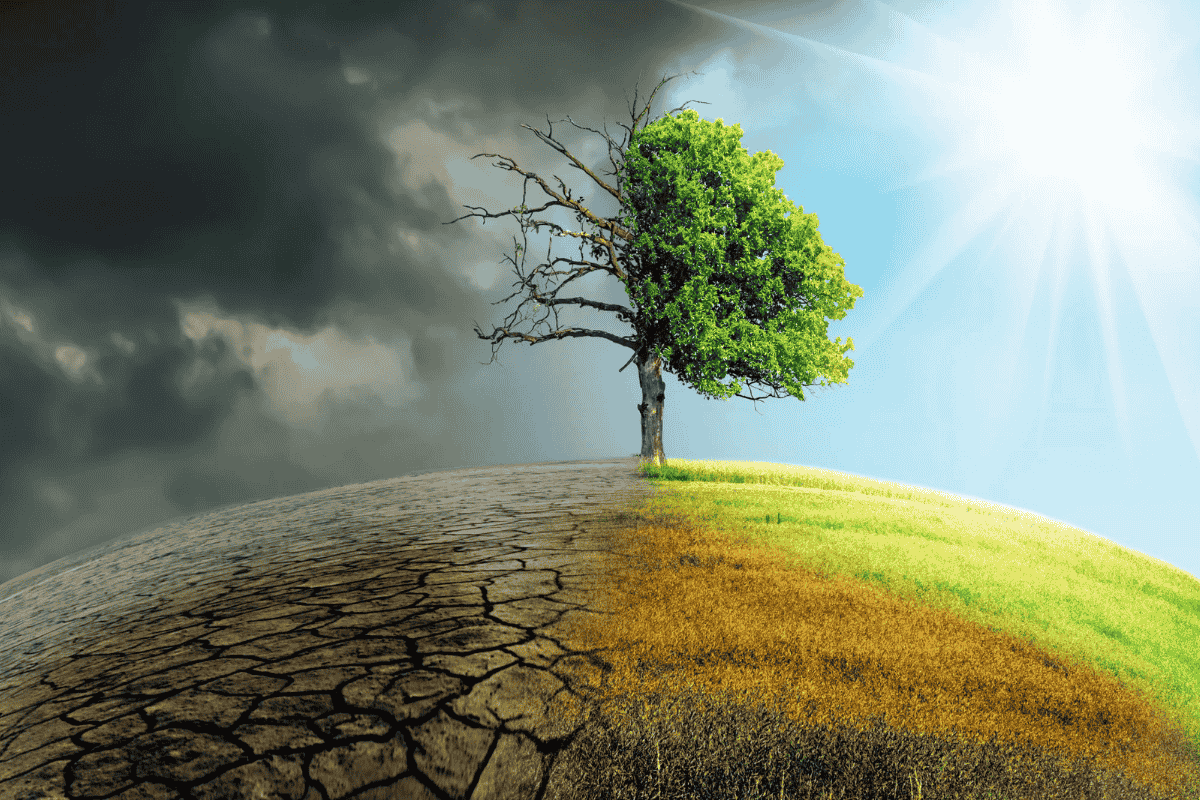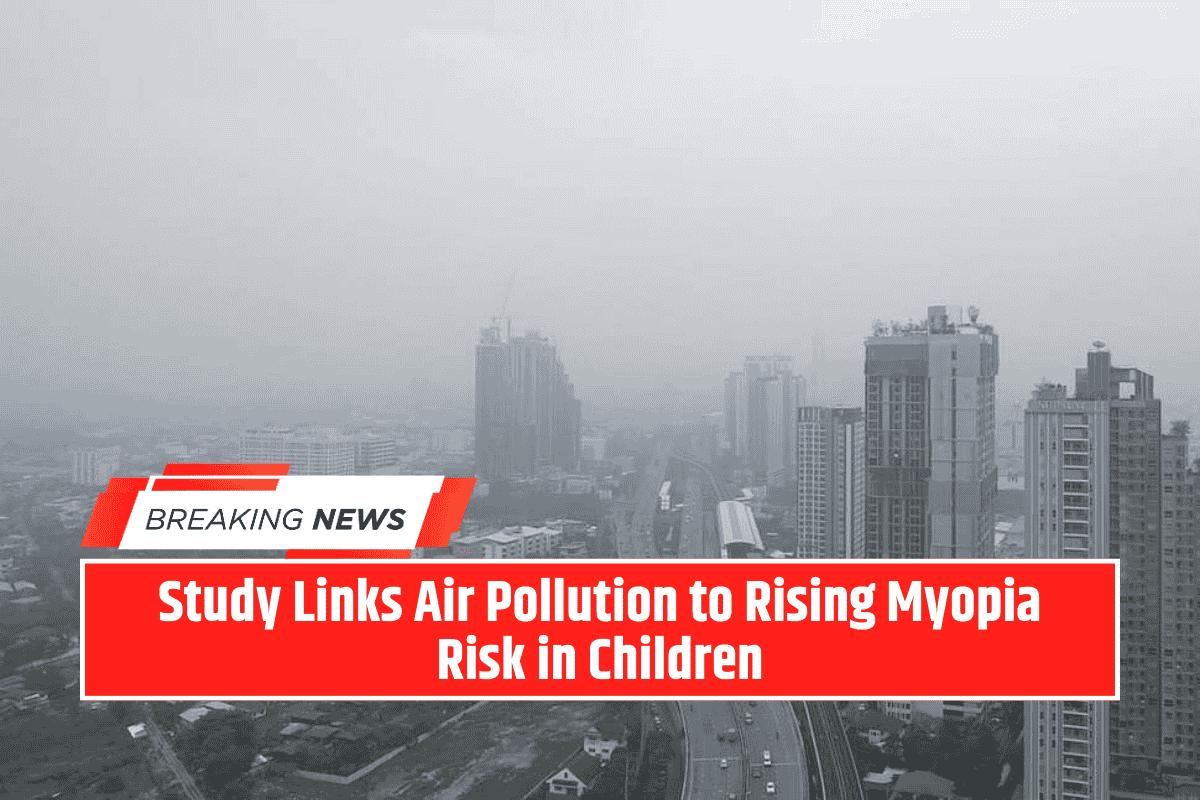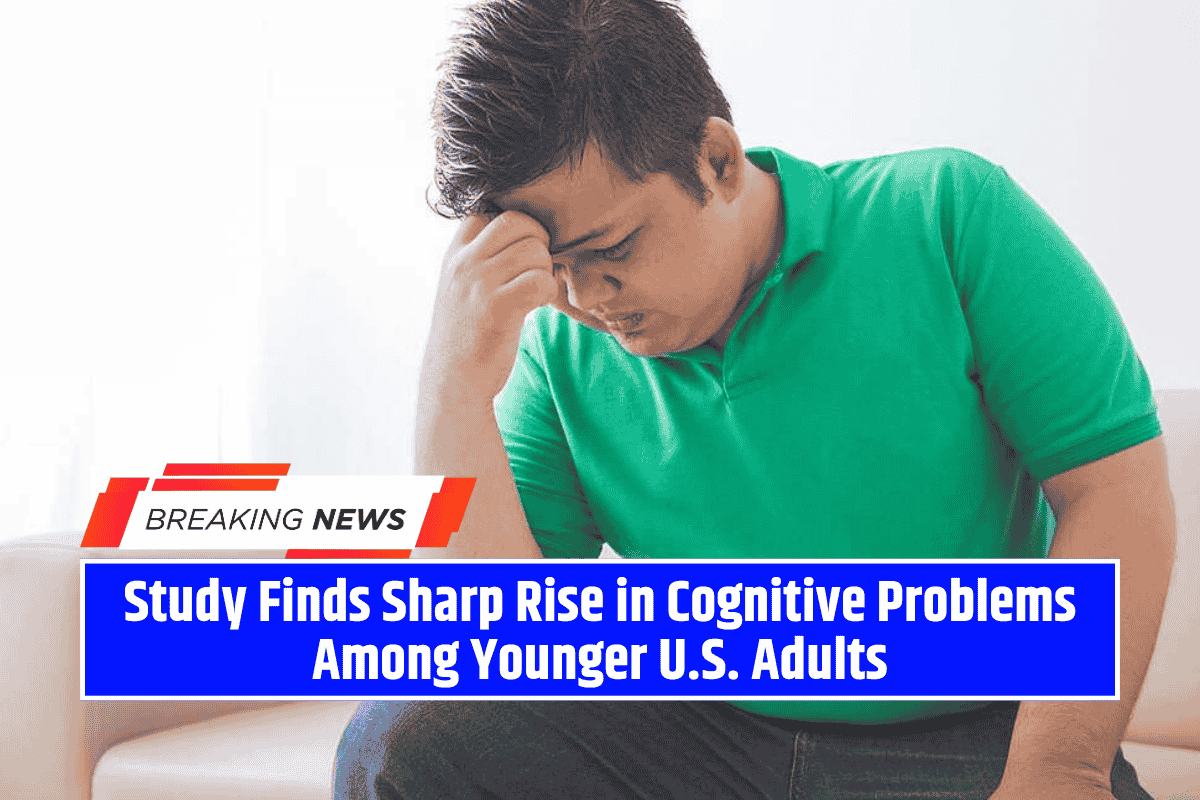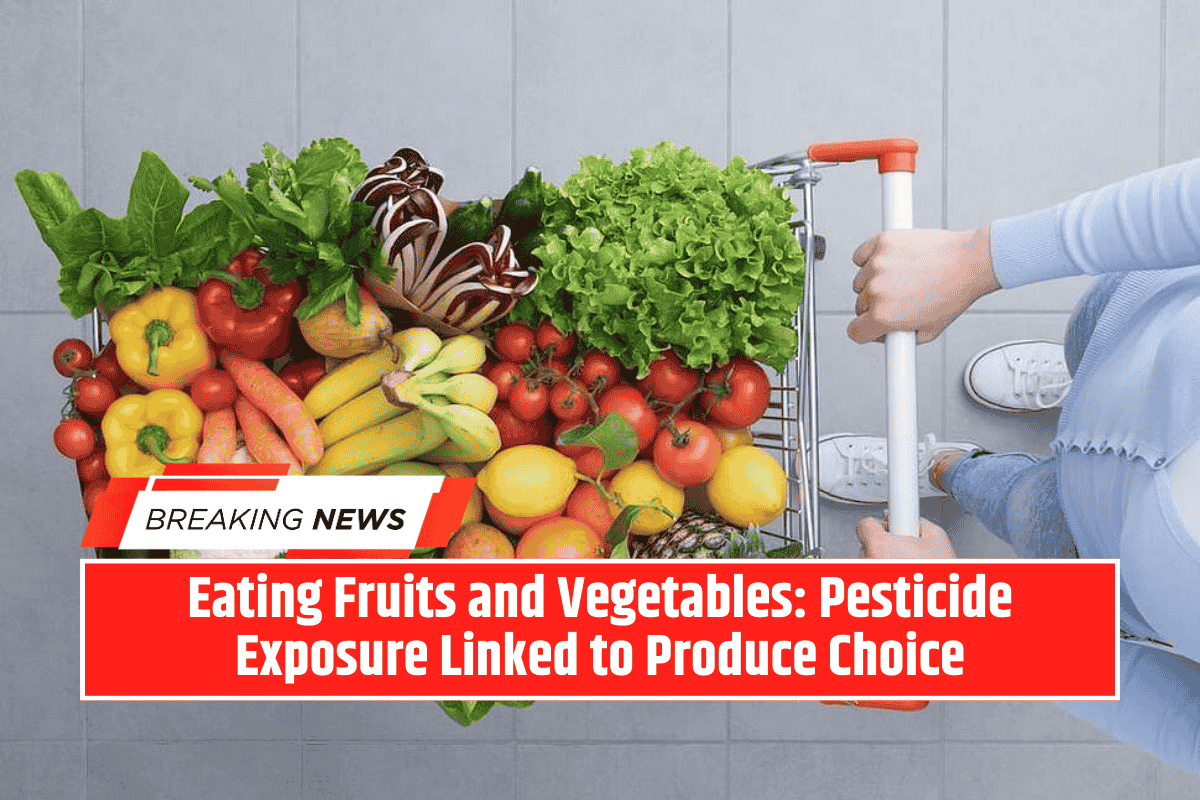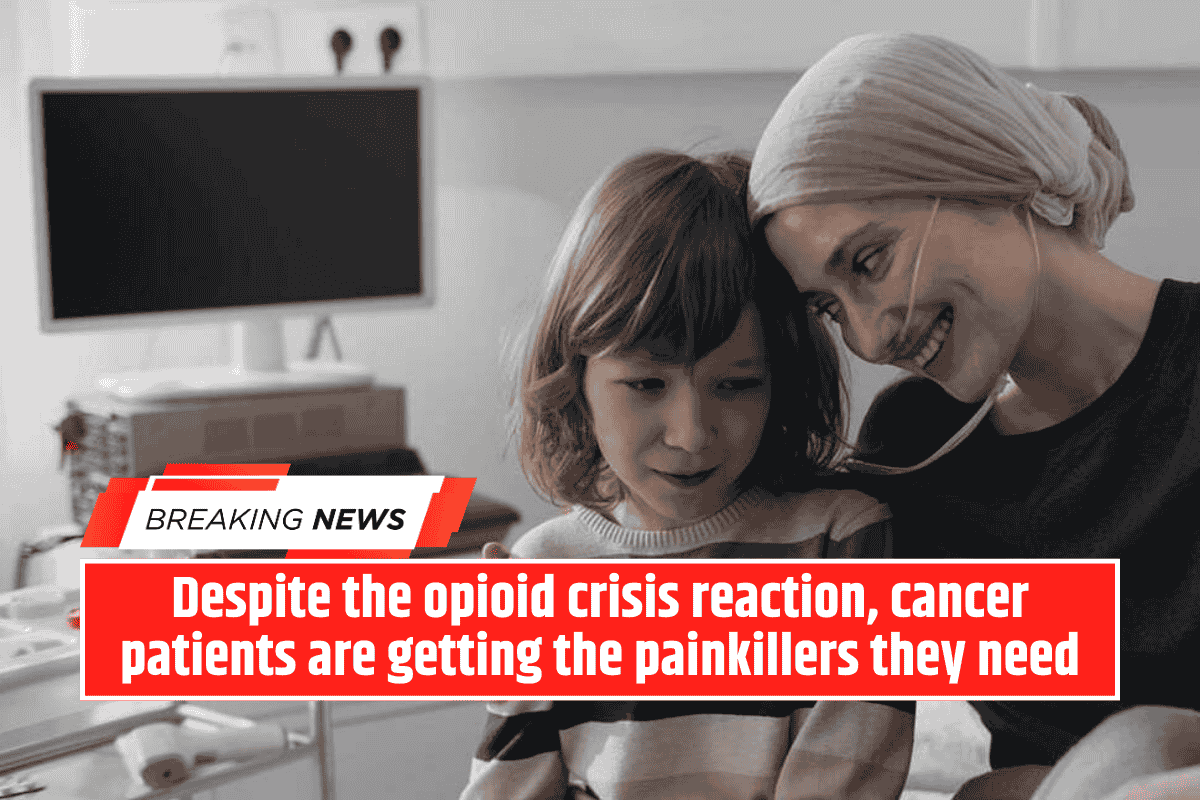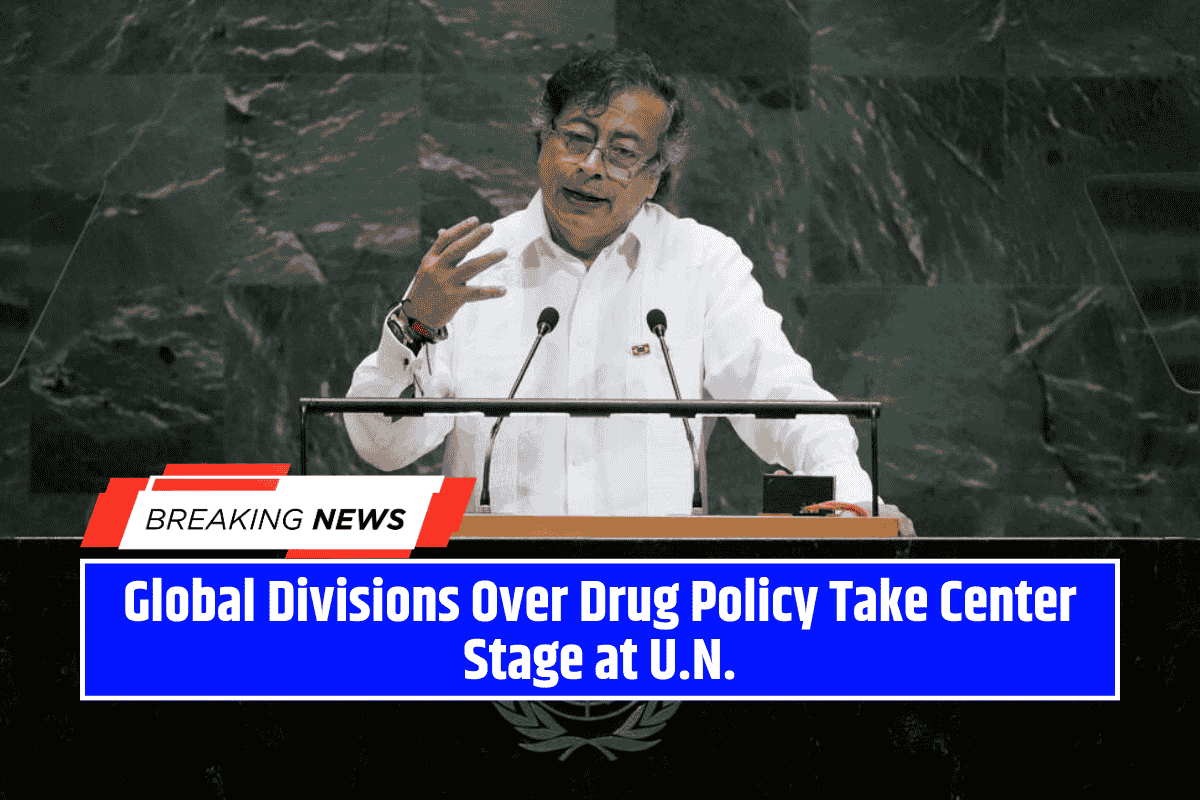Everyday life in the United States is increasingly affected by a mix of environmental issues and global health threats.
Whether it’s the choking smog in cities like Los Angeles, the rise of diseases spread by insects in Southern states, or toxic water in places like Flint, these problems aren’t just about nature—they’re deeply tied to human health.
As the climate changes and pollution grows, public health risks are rising too. Addressing these challenges needs strong cooperation between governments, companies, and communities.
Climate Change and Its Health Impacts
Climate change is no longer a future problem—it’s already harming people today. Cities like Phoenix, Arizona are facing record heat waves, leading to more hospital visits due to heat stroke and heart problems.
Along the Gulf Coast, stronger hurricanes and floods in cities like New Orleans are causing damage, disease, and emotional stress.
In states like California and Oregon, wildfires are making the air dangerous to breathe, especially for children, the elderly, and people with lung issues. Even people living far away are affected as smoke travels across the country.
The U.S. Environmental Protection Agency says that climate change is now changing how diseases spread, making allergy seasons longer and increasing the number of people facing heatwaves and heavy storms. Poorer communities, elderly citizens, and people of colour are the most affected.
Air Pollution and Dangerous Chemicals
Air pollution remains one of the biggest threats to public health in the U.S. Cities like Los Angeles, Houston, and Chicago often have unsafe levels of tiny harmful particles in the air.
This pollution can cause asthma, lung diseases, and even early death. The oil and gas industry alone is responsible for tens of thousands of early deaths every year.
Water pollution is also a major issue. In Flint, Michigan and Newark, New Jersey, people were exposed to lead in their drinking water. Across the U.S., harmful chemicals known as PFAS or “forever chemicals” have been found in water sources.
These chemicals are linked to cancer, hormone issues, and risks to unborn babies. Communities near highways, factories, and refineries—often low-income or minority neighborhoods—are hit the hardest.
Problems with Water, Food, and Sanitation
Although the U.S. has strong systems for water and sanitation, some areas are still struggling. Rural places and older cities face problems like leaking pipes, pollution from farms, and chemical spills.
In the Midwest, farm runoff causes nitrate contamination in drinking water, which can be harmful to families in these areas.
Food security is another issue. Even though the U.S. produces a lot of food, climate change and global trade problems affect what people can actually buy.
Rising temperatures and unpredictable weather threaten the crops like corn, soy, and wheat grown in the Central Plains. In many urban areas, people live in “food deserts” where fresh and healthy food is hard to find, leading to diseases like obesity and diabetes.
Infectious Diseases Are Spreading Again
Warmer weather and environmental changes are helping diseases spread faster. Tick-borne illnesses like Lyme disease are showing up in states that didn’t see much of it before, such as Minnesota.
Mosquito-borne diseases like West Nile virus and dengue are spreading more easily in Southern cities like Miami and Houston due to warmer climates and stagnant water after storms.
With global travel, viruses can move across countries quickly. The COVID-19 pandemic showed us how poor housing, air pollution, and inequality can make health crises worse.
Health Inequality and Environmental Justice
One of the biggest concerns is that the most affected people are often the least protected. In Louisiana’s “Cancer Alley,” where many chemical plants are located, residents face high rates of cancer and lung disease.
In cities like Los Angeles, poorer neighborhoods are usually closer to highways and factories, exposing residents to more pollution.
Rural areas aren’t safe either. They often lack good health care, face economic challenges, and have less help dealing with risks like flooding or chemical exposure.
Solutions: What Can Be Done?
Solving these problems needs action at all levels. The federal government must strengthen rules on clean air, safe water, and chemical use. Local governments can build heat-resistant infrastructure, manage stormwater better, and add green spaces to help cities adapt.
Some important steps include:
- Investing in early warning systems for disasters
- Supporting clean energy and pollution control technologies
- Improving access to health care and nutrition in affected communities
- Involving local people in decision-making to ensure fairness
The U.S. also needs to work with other countries. Global pollution, climate change, and disease can’t be handled by one country alone. By joining international agreements and helping other nations, the U.S. can also protect its own people.
